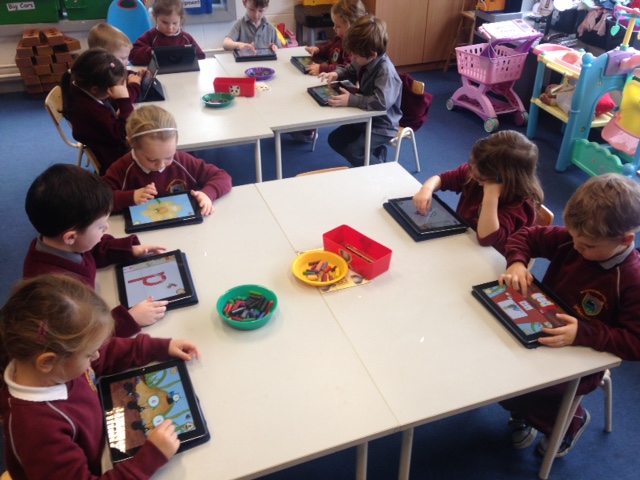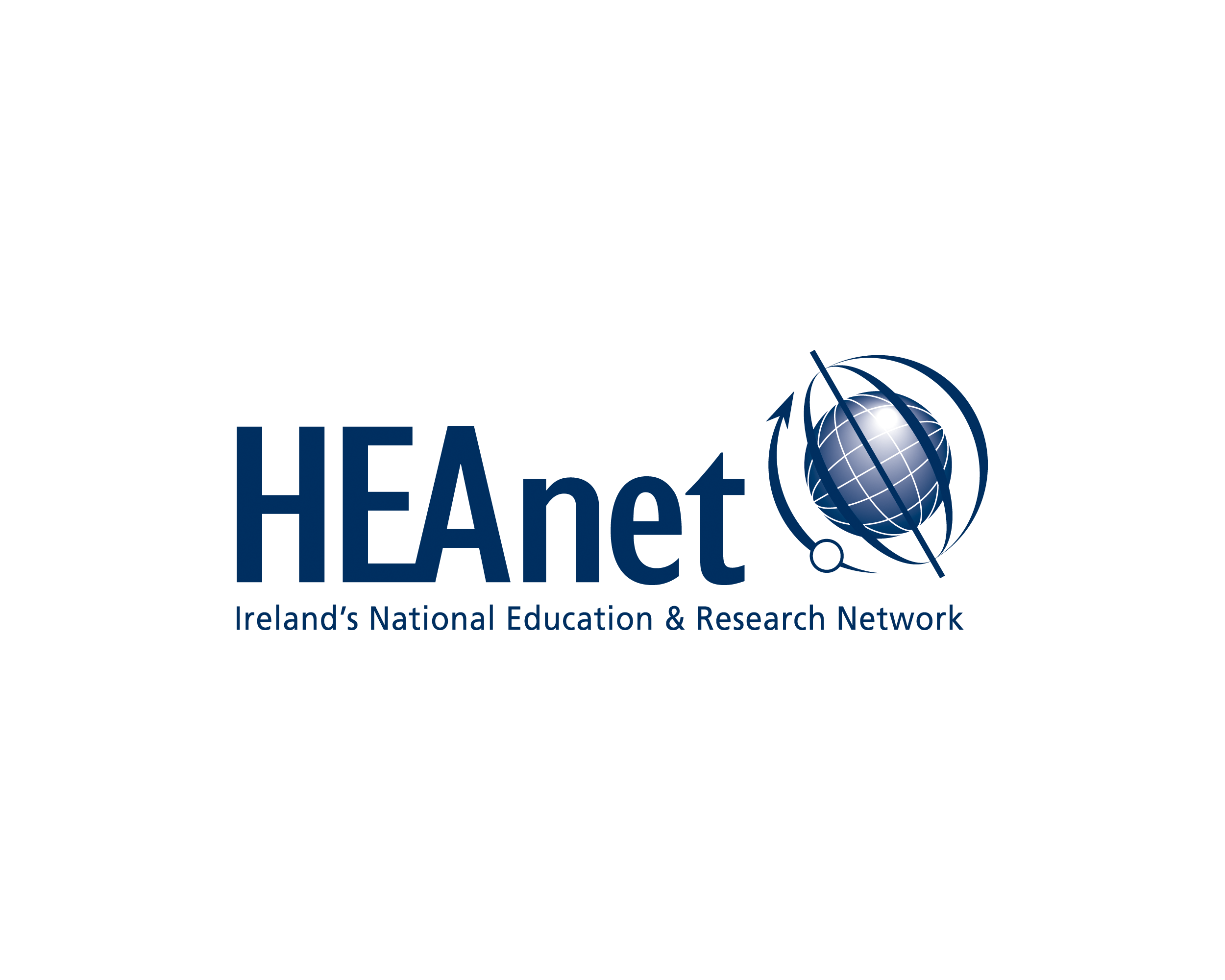
Ireland’s digital citizens set for the future
Set up as a not-for-profit in 1983 by the Higher Education Authority and the country’s Universities to provide high-speed resilient Internet connectivity, HEAnet has evolved massively over its 30-plus year history.
Initially, servicing approximately 210,000 students and staff across the higher education and research sector, today HEAnet also provides connectivity and services to around 800,000 students and staff in the primary and post-primary sector, through its schools’ network.
100Mbps
Through the schools’ network, every post-primary school in the country now has a 100Mbps high-speed broadband connection.
This is achieved through the provision of its very high bandwidth, multiple gigabit network, which is dedicated for use solely by our education and research clients. This capacity is also leveraged to connect every school in the country to the same network.
Through the schools’ network, every post-primary school in the country now has a 100Mbps high-speed broadband connection.
According to John Boland, HEAnet’s Chief Executive, “this gives teachers the opportunity to confidently use their electronic white boards and use activities on the Internet for teaching.”
“It is one thing for the teacher to describe from a book the ceiling of the Sistine Chapel, but it is another to navigate right around it on the white board,” he said.
Schools connectivity
HEAnet first extended its network connectivity services to Ireland’s schools in 2005. Under this programme, schools are provided with a portfolio of services including: network monitoring; IP management; a managed router; security and filtered Internet access; in addition to web hosting and blog services.
In 2009, HEAnet were appointed to manage a new high-speed network providing 100 Mbit/s to Ireland’s 750 post-primary schools. Following a successful pilot, this programme was extended to all post-primary schools nationwide by the end of 2014.
Connecting schools to the HEAnet network serves to leverage the investment made in higher education and up to 59,000 teachers and 884,000 students use the schools network on a daily basis, enabling students to learn and collaborate online.
The provision of high-speed broadband to Ireland’s post-primary schools affords schools greater opportunity to embed technology in the teaching and learning process.
This opens the door to a faster, richer, more interactive and more informative Internet experience than was possible before and now streaming of videos, plays, movies, animation, documentaries, concerts can now be seamlessly incorporated into the teaching day.
Digital citizens
“It is important for the academic community that students and graduates at all levels of education and research are working with technology that mirrors what they can expect to find when they finish their studies and engage with the working world,” Boland said.
“It is equally important for Ireland’s economy – in dealing with the large multi-national companies that base themselves there, our students and graduates have to be internet savvy and right up-to-date with technology – so having access to highly sophisticated Internet services for the education and research sector is a vital part of making our students real digital citizens of the future.”
Image: Students from Mount Temple Comprehensive School, Dublin/ Conor McCabe Photography.
For more information please contact our contributor(s):

